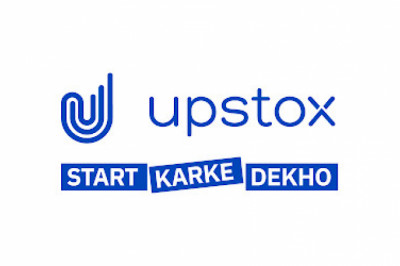views

Whether you're a PPC advertising agency planning to launch a landing page for your client or a digital marketing company planning to prepare a landing page for service. It's important that the landing pages are perfectly optimized to get the maximum traction.
Along with attractive UX and aesthetic design, it's also important that the page is optimized as per the search engine's ranking factors. So, how do you make a perfectly optimized landing page? In this article, we will explore the best practices to ensure your landing pages get the deserved traction from Google and other search engines.
Create clean URLs
The URLs of your landing pages play an important role in search engine optimization. The URL should be short and to the point, preferably under 60 characters. It should also include relevant keywords for the page and describe the content on the page.
For example, if you're creating a landing page for a client who sells flowers, then a relevant URL would be something like www.example.com/flower-shop. This URL is short, relevant, and descriptive, making it easy for both users and search engines to understand what the page is about.
Use relevant keywords
When it comes to optimization, using the right keywords is essential. You need to include relevant keywords throughout your landing page, including in the title, meta tags, header tags, and body content.
However, it's important to note that you should never stuff keywords on your landing page. This means cramming as many keywords as possible into the content in an attempt to rank higher in search engine results. Not only is this practice frowned upon by search engines, but it also makes for a terrible user experience.
Instead, focus on using keywords thoughtfully and strategically. This means using them in a way that flows naturally and makes sense for the reader.
Create attractive titles:
Your title is one of the first things that users will see when they find your landing page, so it's important to make a good impression. An effective title must be interesting and engaging, but it also needs to be relevant to the content on the page.
Including relevant keywords in your title can also help to improve your search engine ranking. However, as with the rest of your content, it's important to avoid keyword stuffing. A good rule of thumb is to keep your title under 60 characters so that it doesn't get cut off in search engine results.
Implement schema markup:
Schema markup is a code that you can add to your website to help search engines understand your content. This code provides additional information about the page, such as the author, publication date, and description.
Including schema markup on your landing pages can help to improve your click-through rate from search engine results. This is because your listing will appear more attractive and informative, which can encourage users to click through to your page. If you use WordPress, there are a number of plugins that can help you to implement schema markup on your website.
Focus on content structure and readability:
The content on your landing page needs to be well-structured and easy to read. Breaking up your text into short paragraphs, and using subheadings, bullet points, and images can help to make your content more digestible.
It's also important to use simple language that can be understood by everyone. Avoid using technical jargon or long, complicated sentences. Instead, focus on making your content clear and concise.
Make sure your page loads quickly:
The speed of your website is an important ranking factor for search engines. Studies have shown that users are likely to abandon a website if it takes more than 3 seconds to load. There are a number of things you can do to improve your page speed, such as optimizing images and using a content delivery network.
You can also use Google's PageSpeed Insights tool to test the speed of your website and get specific recommendations on how to improve it.
Include a call to action:
Your landing page should have a clear and concise call to action. This is the text or button that you want users to click on in order to take the desired action. For example, if you're selling a product, your call to action might be something like "Buy now."
Your call to action should be prominently displayed on your landing page so that users can easily find it. It's also a good idea to use action-oriented language that encourages users to take the next step. You can also use tools like Google Analytics to track how often users are clicking on your call to action. This can help you to determine whether or not your call to action is effective.
Wrapping up!
Scale your PPC advertising agency faster with the right landing pages. If you don't have an in-house team, it's better to hire a digital marketing company to create optimized landing pages for your business.












